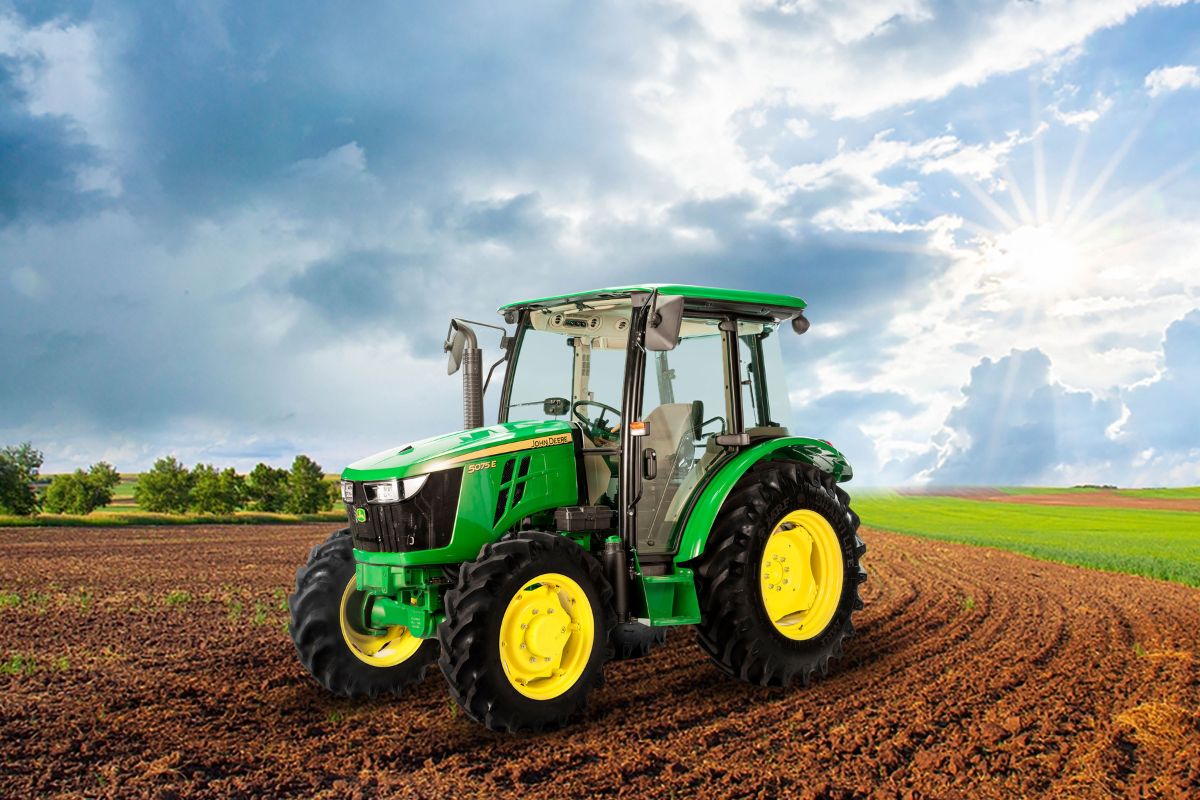
John Deere is a name that resonates with farming, innovation, and quality. But how much do you really know about this iconic brand? Founded in 1837, John Deere has grown from a humble blacksmith shop to a global leader in agricultural machinery. Did you know that John Deere's first invention was a polished steel plow that revolutionized farming? Today, the company produces everything from tractors to advanced GPS-guided equipment. John Deere's green and yellow colors are instantly recognizable, symbolizing reliability and cutting-edge technology. Whether you're a farmer, a history buff, or just curious, these 20 facts about John Deere will give you a deeper appreciation for this legendary brand. Buckle up and get ready to learn some surprising tidbits about John Deere!
John Deere: The Man Behind the Brand
John Deere, a name synonymous with agriculture and machinery, has a rich history. Here are some fascinating facts about the man and the brand that revolutionized farming.
-
John Deere was born in 1804 in Rutland, Vermont. He was the third son of William Rinold Deere and Sarah Yates Deere.
-
He started his career as a blacksmith. At 17, John began an apprenticeship in Middlebury, Vermont, where he honed his skills.
-
In 1837, John Deere invented the first commercially successful steel plow. This innovation was crucial for farmers dealing with the tough prairie soil of the Midwest.
-
The first plow was made from a broken saw blade. John Deere repurposed the blade to create a plow that could cut through sticky soil without clogging.
-
John Deere moved to Illinois in 1836. He settled in Grand Detour, where he established his blacksmith shop and began producing plows.
The Growth of John Deere Company
From a small blacksmith shop to a global corporation, John Deere's company has grown immensely. Here are some key milestones in its development.
-
By 1849, Deere's company was producing 2,000 plows annually. The demand for his innovative plows skyrocketed, leading to rapid expansion.
-
In 1868, the company was incorporated as Deere & Company. This formalized the business and set the stage for future growth.
-
John Deere's son, Charles Deere, took over the company in 1886. Under his leadership, the company continued to thrive and expand its product line.
-
The company introduced its first tractor in 1918. The Waterloo Boy tractor marked Deere & Company's entry into the tractor market.
-
John Deere's iconic green and yellow color scheme was adopted in the 1920s. These colors have since become a hallmark of the brand.
Innovations and Contributions to Agriculture
John Deere's contributions to agriculture extend beyond the steel plow. The company has consistently introduced innovations that have transformed farming.
-
The Model D tractor, introduced in 1923, was a game-changer. It remained in production for 30 years, becoming one of the most popular tractors of its time.
-
In 1956, Deere & Company introduced the first self-propelled combine harvester. This innovation significantly increased harvesting efficiency.
-
John Deere's GPS technology, introduced in the 1990s, revolutionized precision farming. Farmers could now optimize planting, fertilizing, and harvesting with pinpoint accuracy.
-
The company launched its first electric tractor prototype in 2020. This move reflects Deere & Company's commitment to sustainable farming practices.
-
John Deere's advanced telematics systems allow remote monitoring of equipment. This technology helps farmers maintain and optimize their machinery efficiently.
John Deere's Legacy and Impact
John Deere's legacy extends beyond his inventions. His values and vision continue to influence the company and the agricultural industry.
-
John Deere's motto, "I will never put my name on a product that does not have in it the best that is in me," reflects his commitment to quality.
-
The company has a strong focus on sustainability. John Deere actively works to reduce its environmental footprint and promote sustainable farming practices.
-
John Deere Foundation, established in 1948, supports education and community development. The foundation has donated millions to various causes over the years.
-
John Deere's equipment is used in over 160 countries. The brand's global reach underscores its importance in modern agriculture.
-
The John Deere Pavilion, opened in 1997, showcases the company's history and innovations. Located in Moline, Illinois, it attracts thousands of visitors annually.
John Deere's Legacy
John Deere's impact on agriculture is undeniable. From the invention of the steel plow to the modern-day tractors, Deere's innovations have transformed farming. The company's commitment to quality and innovation has made it a household name. John Deere's green and yellow colors are recognized worldwide, symbolizing reliability and progress. The company's dedication to sustainability and community support shows its forward-thinking approach. John Deere's contributions to agriculture have not only made farming more efficient but also more sustainable. The company's legacy continues to grow, influencing future generations of farmers. John Deere's story is a testament to the power of innovation and hard work. Whether you're a farmer or just someone who appreciates cutting-edge technology, John Deere's history is worth knowing. So, next time you see that iconic green tractor, you'll know there's a rich history behind it.
Was this page helpful?
Our commitment to delivering trustworthy and engaging content is at the heart of what we do. Each fact on our site is contributed by real users like you, bringing a wealth of diverse insights and information. To ensure the highest standards of accuracy and reliability, our dedicated editors meticulously review each submission. This process guarantees that the facts we share are not only fascinating but also credible. Trust in our commitment to quality and authenticity as you explore and learn with us.
